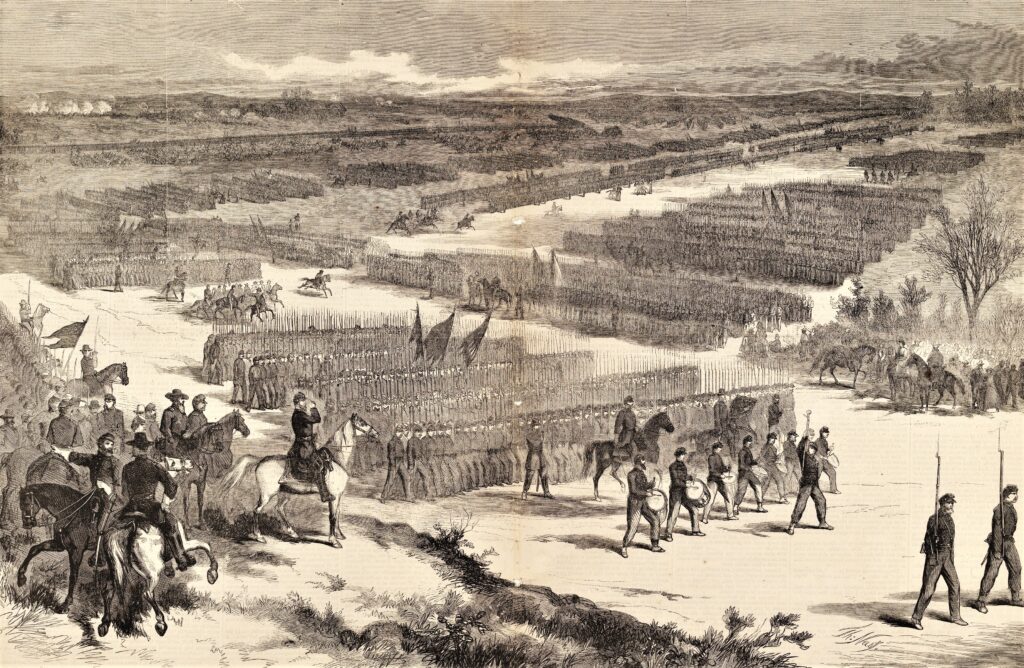The Recruiting Crisis

Interesting essay over at the Modern War Institute blog on how to resolve the military recruiting and retention “crisis:”
Unfortunately, the Army continues to centralize decision-making with a drive for data-centric talent management, the latest buzzword offspring from the mid-twentieth-century’s scientific management. The Army needs to recognize that soldiers will not want to stay in an Army that treats them either as cogs in a machine or numbers on a spreadsheet.
The Army can take inspiration from its past to solve its manning crisis by returning to a professional, long-term service model. Such an Army would be more effective. It would reduce the amount of resources and soldiers committed to recruiting and basic training. It would have more committed soldiers and cohesive units that were not stuck in a Sisyphean cycle of retraining new arrivals. It would not have to recruit as many soldiers from a peacetime society with strong alternative opportunities to Army service. The Army must ask why it needs to churn through so many recruits. And, it needs to learn a good product sells itself. An Army that soldiers want to stay in will be an Army that society wants to join.
I hesitate with the word “crisis” because I think “problem” is more appropriate. The Army (less so the other services) is certainly struggling to make its recruitment and retention quotas, but that fact needs to be set against the reality that the armed forces pre-emptively exclude something along the lines of 80% of the eligible population of recruits. It’s better to say that the Army is struggling to maintain access to sufficient numbers of “quality” recruits than to say that it literally can’t recruit enough soldiers. Still, even if it isn’t a crisis it’s certainly a problem. Robert Rose works through a few of the causes of that problem (economic prosperity and relative international peace being the top two) and proposes a significant change; dismantling the centralized system of recruiting and career management in favor of a decentralized system that returned much of the responsibility for human resources management to the Division. Essentially, the hope would be that encouraging identification with particular formations (based in specific geographic areas) would help recruiting and especially retention. The Commonwealth armies operate vaguely according to these principles. There are certainly upsides and downsides; retention is great but it really is helpful from the perspective of planners to have plug-and-play formations that are all more of less capable of the same jobs than it is to have artisanal, small-batch, hipster Army formations that will likely have their own strengths and weaknesses, leading to compatibility problems on the field. Still, pretty interesting for a serious engagement with the issue.


